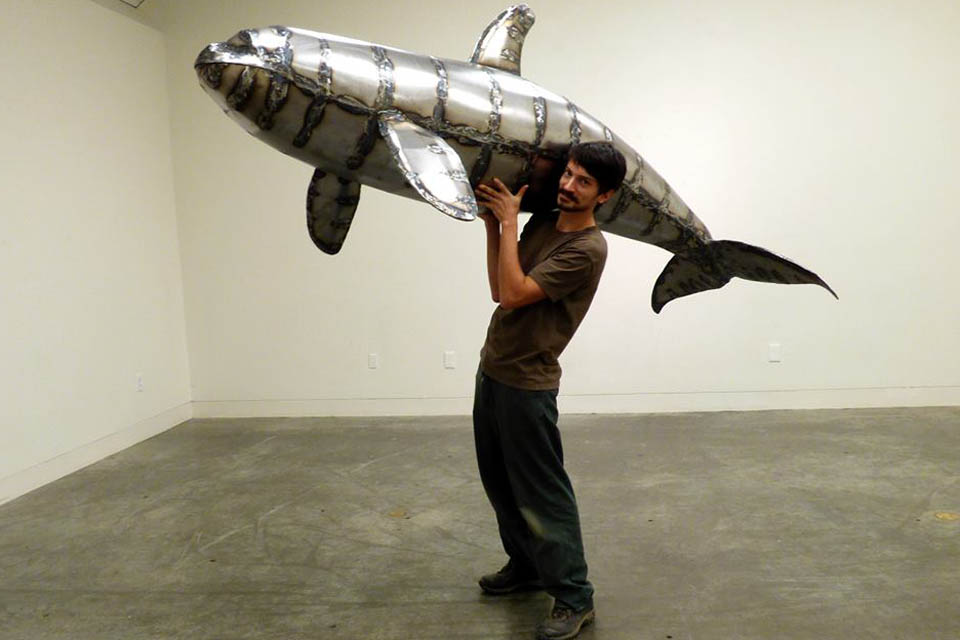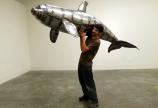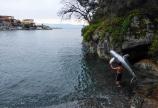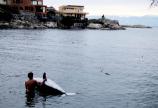New artist residency strengthens connections between art and science

Victoria-based artist Colton Hash is the inaugural recipient of an Artist-in-Residence program announced today by the University of Victoria’s Faculty of Fine Arts and Ocean Networks Canada (ONC), a UVic initiative. The new ONC residency will strengthen connections between art and science, and broaden perspectives on major issues ranging from technology and the environment to biodiversity and healthy communities.
A recent graduate of UVic’s combined undergraduate program in visual arts and computer science, Hash was selected for the residency from a field of nearly 70 local, national and international applicants. He will hold the position from November 2018 to March 2019 and, following his residency, will provide a public exhibition of the resulting body of work.
“I see this as a great opportunity to collaborate with ocean scientists and experiment with digital media to communicate some of the dynamic processes that play a critical role in coastal waters,” says Hash. “
"Whether it’s how a kelp forest responds to climate change or how the thawing of frozen methane affects sediment stability of submarine slopes, I hope I can use interactive art to inspire viewers to care more about what is happening beneath the ocean's surface." – ONC Artist in Residence Colton Hash
Hash has built his artistic practice on the integration of environmental knowledge through visual art and computer programming in order to communicate concepts related to ecosystems and climate change.
“The ecological challenges we face are complex and hard to be understood through science alone,” he adds. “People are being flooded with scientific data and intellectual analysis of what is wrong with the world, without having time to process what it means to them on deeper, more personal levels. Art can create spaces for people to reflect emotionally, spiritually and intuitively on our relationships with nature.”
While in the position, Hash will interact with UVic fine arts faculty members and ONC scientists, as well as other individuals using ONC’s world-leading ocean facilities. He intends to develop an interactive digital media installation that allows the public to explore and emotionally connect with ocean systems.
A press kit containing high-resolution photos and b-roll of Hash with his full-size sculpture of an adolescent female orca (part of Hash’s interactive installation “Resonant Disintegration”) is available on Dropbox.
-- 30 --
Photos




Media contacts
Colton Hash (Artist in Residence, ONC) at coltonhash@mail.com
Greig Bethel (Ocean Networks Canada media relations) at 250-216-7510 (cell) or gbethel@uvic.ca
John Threlfall (Fine Arts Communications) at johnt@uvic.ca
